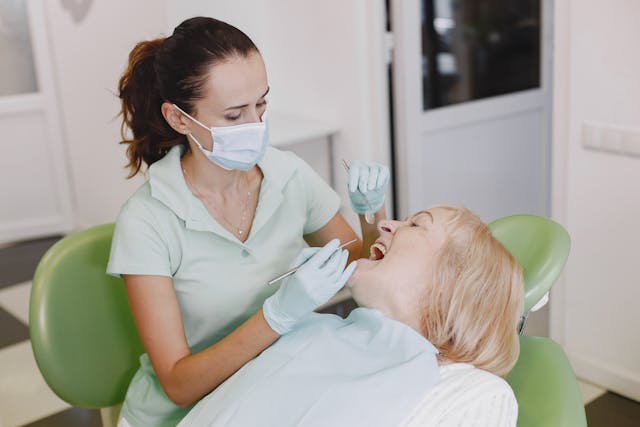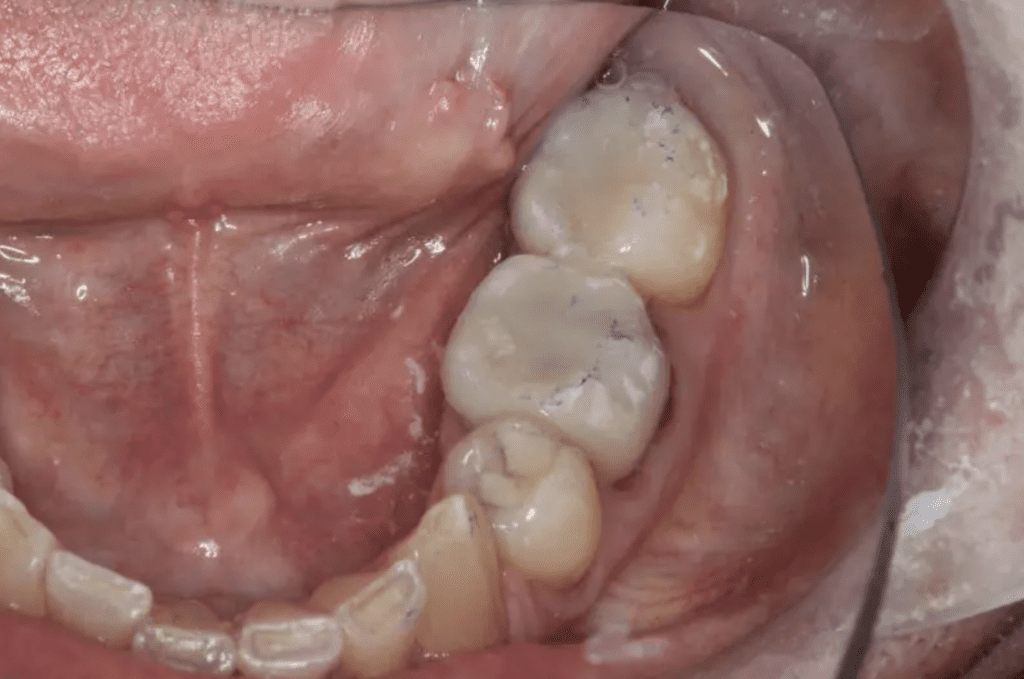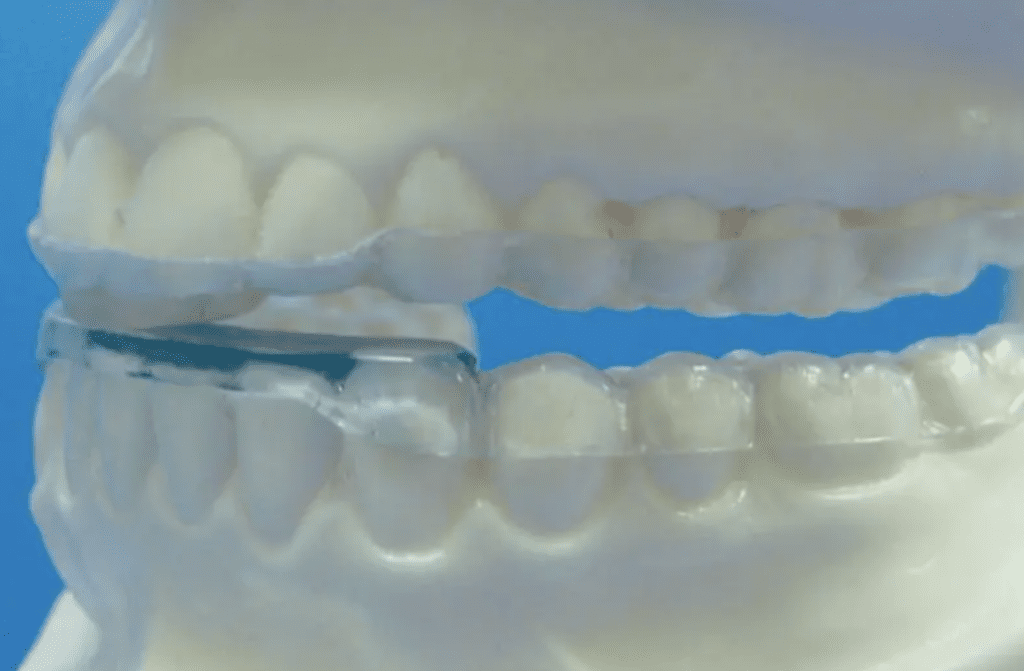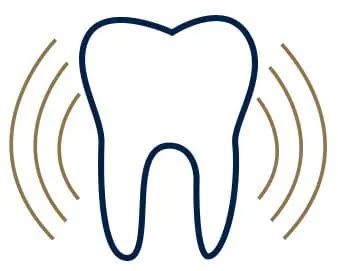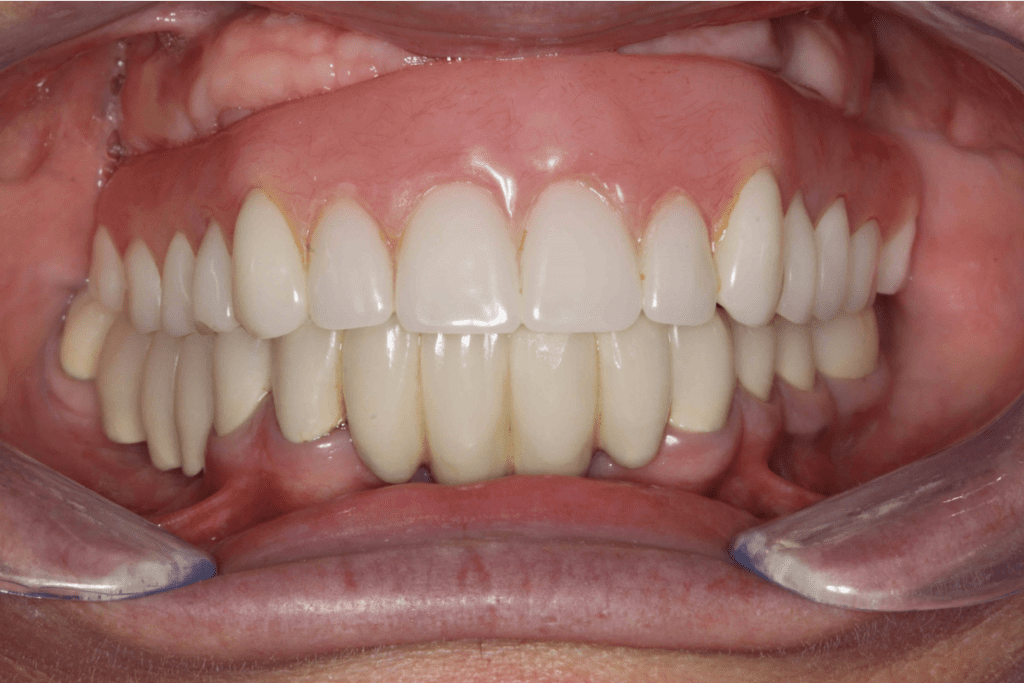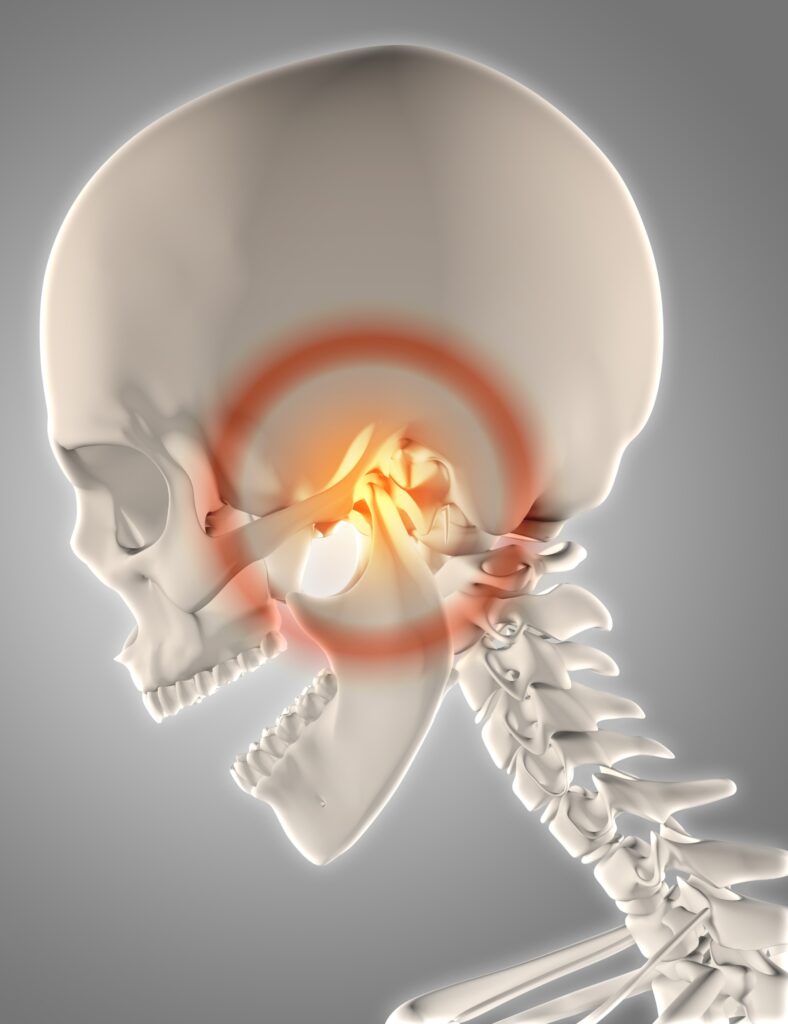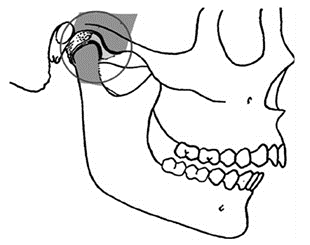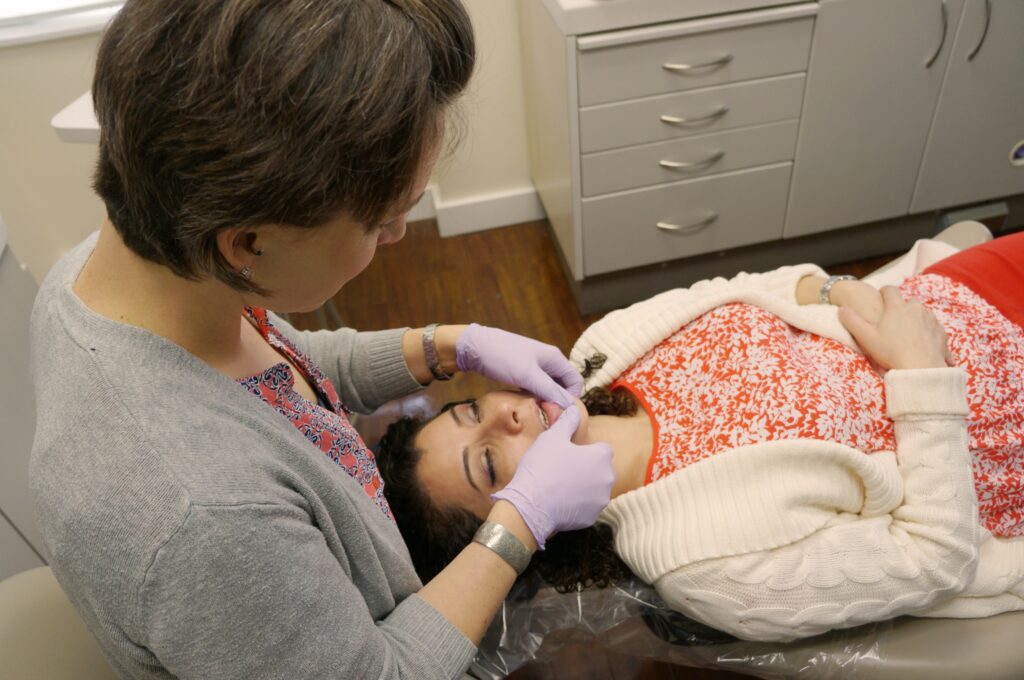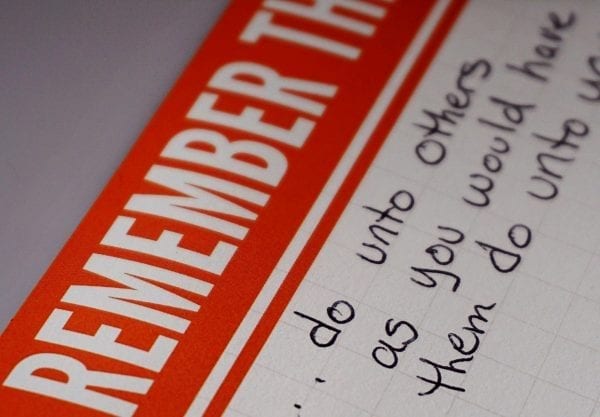![]()
Dr. Leonard Hess began teaching continuing education courses in 2005, and the topics include occlusion, smile design, treatment planning, preparation design, and practice integration of complete dentistry.
He’s taught full-day continuing education courses at the American Academy of Cosmetic Dentistry’s national meeting, The Greater New York Dental Meeting, AACD National Meeting, Pacific Dental Conference, Ontario Dental Association meeting, and The Yankee Dental Conference.
Dr. Hess also has taught courses in Japan, Germany, Poland, China, and Canada.
Dr. Hess is currently serving as the Senior Clinical Director at The Dawson Academy. He also owns Union County Center for Comprehensive Dentistry in Charlotte, North Carolina.
TMJ 101: The Best TMD Treatment Options For Dentists
By: Dr. Leonard A. Hess, DDSClinical Director, The Dawson AcademyThis article originally appeared on TheDawsonAcademy.com, Dr. Hess…
What is Fremitus and Why Should You Check For It?
By: Dr. Leonard A. Hess, DDSClinical Director, The Dawson AcademyThis article originally appeared on TheDawsonAcademy.com, Dr. Hess allowed igniteDDS to…
Dentist Education: How Do I Predictably Prep Second Molars?
By: Dr. Leonard A. Hess, DDSClinical Director, The Dawson AcademyArticle originally appeared on TheDawsonAcademy.com, Dr. Hess allowed…
Sequencing a Full-Mouth Rehab: Anterior or Posteriors First?
The correct sequence to begin a full-mouth rehab is tobegin with the anterior teeth first, particularly the…
Q&A with Dr. Hess: Patients Who Have More Pain After Wearing a B-Splint
By: Dr. Leonard A. Hess, DDSClinical Director, The Dawson AcademyThe Article Originally Appeared on TheDawsonAcademy.com Question: What…
How to Discover Occlusal Muscle Disorders
By: Dr. Leonard A. Hess, DDSClinical Director, The Dawson AcademyThe Article Originally Appeared on TheDawsonAcademy.comLearn about Occlusion…
Considerations of Treatment Planning a Maxillary Implant Prosthesis
By: Dr. Leonard A. Hess, DDSClinical Director, The Dawson AcademyThe Article Originally Appeared on TheDawsonAcademy.comLearn about Occlusion…
How to Stabilize the Joints
By: Dr. Leonard A. Hess, DDSClinical Director, The Dawson AcademyThe Article Originally Appeared on TheDawsonAcademy.comLearn about Occlusion…
How Do You Know If You Achieved Centric Relation?
By: Dr. Leonard A. Hess, DDSClinical Director, The Dawson AcademyThe Article Originally Appeared on TheDawsonAcademy.comLearn about Occlusion…
Dentists: Why Should You Load Test the TMJs?
By: Dr. Leonard A. Hess, DDSClinical Director, The Dawson AcademyThe Article Originally Appeared on TheDawsonAcademy.com Properly loading…
Avoiding pitfalls in your next dental office lease negotiation
By Dan Gleissner, CARR More than 80% of healthcare practices lease their office space. The location and impression their office makes on patients is a huge determining factor in patient referrals and return visits, especially in a competitive market. Additionally, the cost of rent is typically a dental practice’s second-highest expense after payroll. For these reasons, it…
15 Best Dentist Memes
By: Kevin Henry When it comes to dental patients and their relationship with their dentist, dental hygienist, dental assistant, or anyone at the front associated with dental insurance, there are plenty of times when good dentist memes can say 1,000 words. With that in mind, we decided to find the 10 best dental memes we…
Finding the right specialist partners for your dental practice
By Dr. Bill Simon With research, development, and expansion of technology comes a broader scope of services, a deeper understanding of how to provide those services and improved outcomes. The standard of care elevates and, more than ever, dentists are faced with decisions on where to draw the line on what treatment they are comfortable…
Lit leadership lessons: How dental professionals can honor boundaries
Dr. Amisha Singh discusses why setting boundaries is so important for dental professionals and how it can improve health.
When experience and inexperience converge in the dental practice
By Natalie Kaweckyj, LDA, RF, CDA, CDPMA, COA, COMSA, CPFDA, CRFDA, MADAA, BA ‘Tis the season for dental school graduations, from both baccalaureate and postgraduate programs. Many new dentists will be entering the workforce once their state regulating body grants their licensure in order to practice dentistry. There are things that we all learn in…
Broken: Women in the dental industry and their relationships with other women
Dr. Maggie Augustyn discusses how her relationship with other women in the dental industry has been challenging and how she has dealt with the ups and downs.
3 things you can do to take care of your mental health
Whether we’re living in a pandemic, adjusting to life after COVID-19, or just trying to get through the day, there are times when we all need a “mental break” and need a few moments to change our thought patterns and deal with the pressure we may be feeling at the moment.
Compensation plus benefits: Real talk for someone starting out in a dental practice
For those dentists just out of dental school or in the process of changing jobs as an associate from one dental practice to another, think of the power that is possessed when interviewing for that position.
Lit leadership lessons: The power of creativity
By Amisha Singh, DDS We are STEM (Science, Technology, Engineering, and Math) people. We like numbers. Our problems have one solution. Right and wrong are our anthem. That doesn’t sound very accessible, does it? Well, that is because of how STEM has traditionally been taught. There are elements of these fields which are a little…
3 Steps to Stop Cancellations in Your Dental Practice
Is your dental practice having problems with cancellations in a post-COVID world? Dr. David Rice is here with some advice that can help your business.

